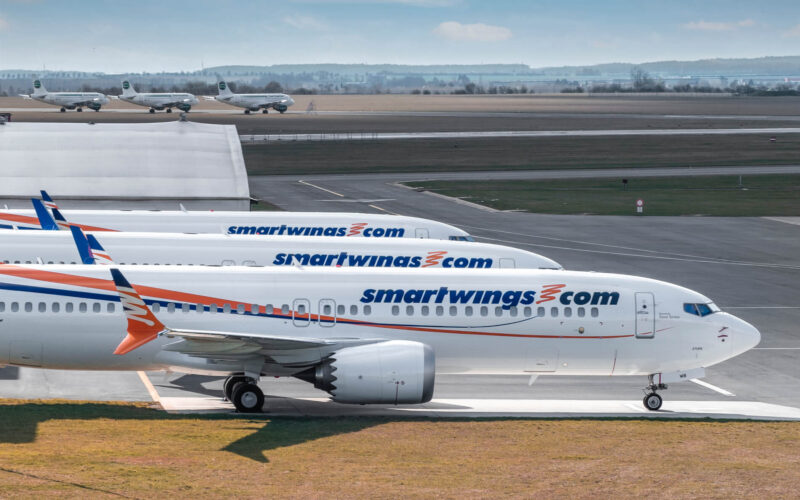While the Federal Aviation Administration (FAA) essentially un-grounded the Boeing 737 MAX in the United States, other countries’ aviation regulators were not so keen to do so. Europe’s own European Union Aviation Safety Agency (EASA) was one of the regulators to indicate that it would conduct its own review of the aircraft. Now, EASA has laid out the steps before the 737 MAX can return to service in Europe.
The agency published a Proposed Airworthiness Directive (PAD) on November 24, 2020. While the PAD is very similar to the one that the FAA published on November 18, 2020, there are some key differences. For one, flight crews would be able to shut off the stick shaker if the flight system onboard the aircraft erroneously activated it. This was done to prevent distracting the crew, noted EASA’s press release. In addition, the stick shaker circuit breakers, which disable it, will have to have colored caps installed in order to distinguish them. Furthermore, airlines are banned from using a Required Navigation Performance Authorization Required (RNP-AR) approach.
“EASA has gathered factual evidence that, upon single failure of an AoA sensor during an RNP-AR approach, all flight guidance that allows the pilot to guide the airplane along the intended flight path is lost,” thus the flight crew cannot ensure that the aircraft’s trajectory would not wander from the tolerated lateral deviation during the approach. The measure is temporary, according to the agency.
Someway to go
While the PAD is one of the last chapters in the Boeing 737 MAX grounding story, the aircraft and its operators have a few steps to complete before it can return to service.
Much like the FAA, EASA outlined that airlines are required to install software updates for the Flight Control Computer (FCC), which includes updates to the now-infamous Maneuvering Characteristics Augmentation System (MCAS), and a separate update to showcase an Angle of Attack (AoA) DISAGREE ALERT on the flight deck. In addition, wiring that runs from the cockpit to the stabilizer trim motor will also have to be separated physically.
Mirroring the United States-based regulator’s directive, airlines will also have to update their Aircraft Flight Manuals (AFM) to include the newest changes to the operational procedures. Before pilots can hop onboard and fly the aircraft commercially, they will have to go through mandatory flight and ground training in a full-flight simulator (FFS) and operate a readiness flight to “ensure that all design changes have been correctly implemented and the aircraft successfully and safely brought out of its long period of storage,” according to EASA.
A system test of the AoA sensors will also have to be completed.
For third-country operators (TCO), EASA has released a Proposed Safety Directive (PSD). They will have to follow the steps outlined in the PSD, if they want to fly the Boeing 737 MAX into the airspace of EASA member states.
Both the PAD and the PSD are open for public comment until December 22, 2020. Subsequently, the agency will have to respond to any public concerns and only then publish a final Airworthiness Directive (AD), finally un-grounding the aircraft in Europe.
“The timing for that is somewhere around the end of 2020 or early-2021,” an EASA spokesperson told AeroTime News in an email on November 18, 2020. “This publication will constitute the un-grounding for Europe from the EASA side.”
According to Boeing’s Order and Deliveries data, there are 64 already-built Boeing 737 MAX aircraft delivered to European airlines. The largest fleet of the Boeing 737 MAX belongs to Norwegian Air Shuttle with 18 aircraft, while Ryanair has 18 built, but yet not delivered units, according to planespotters.net data.

